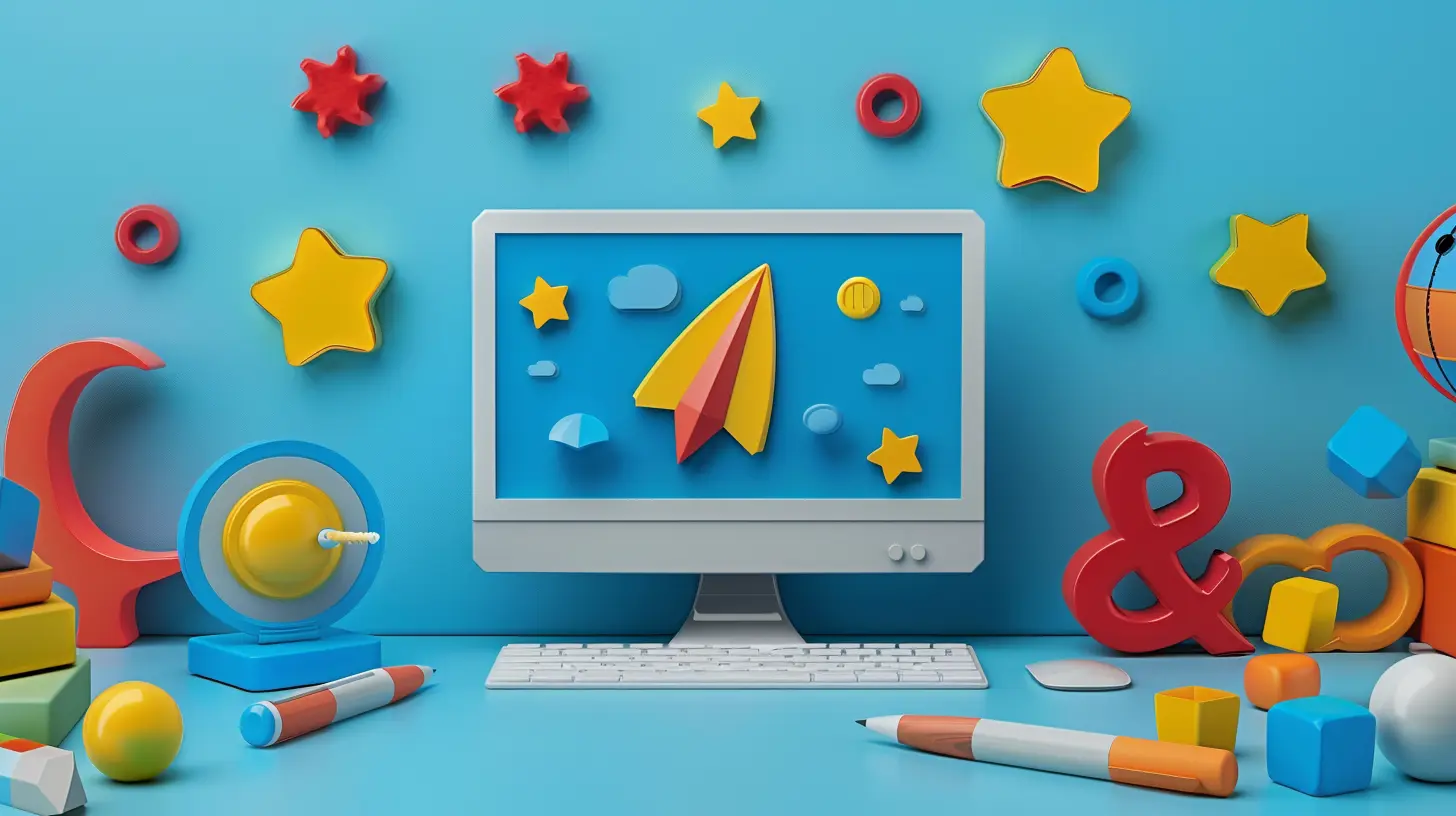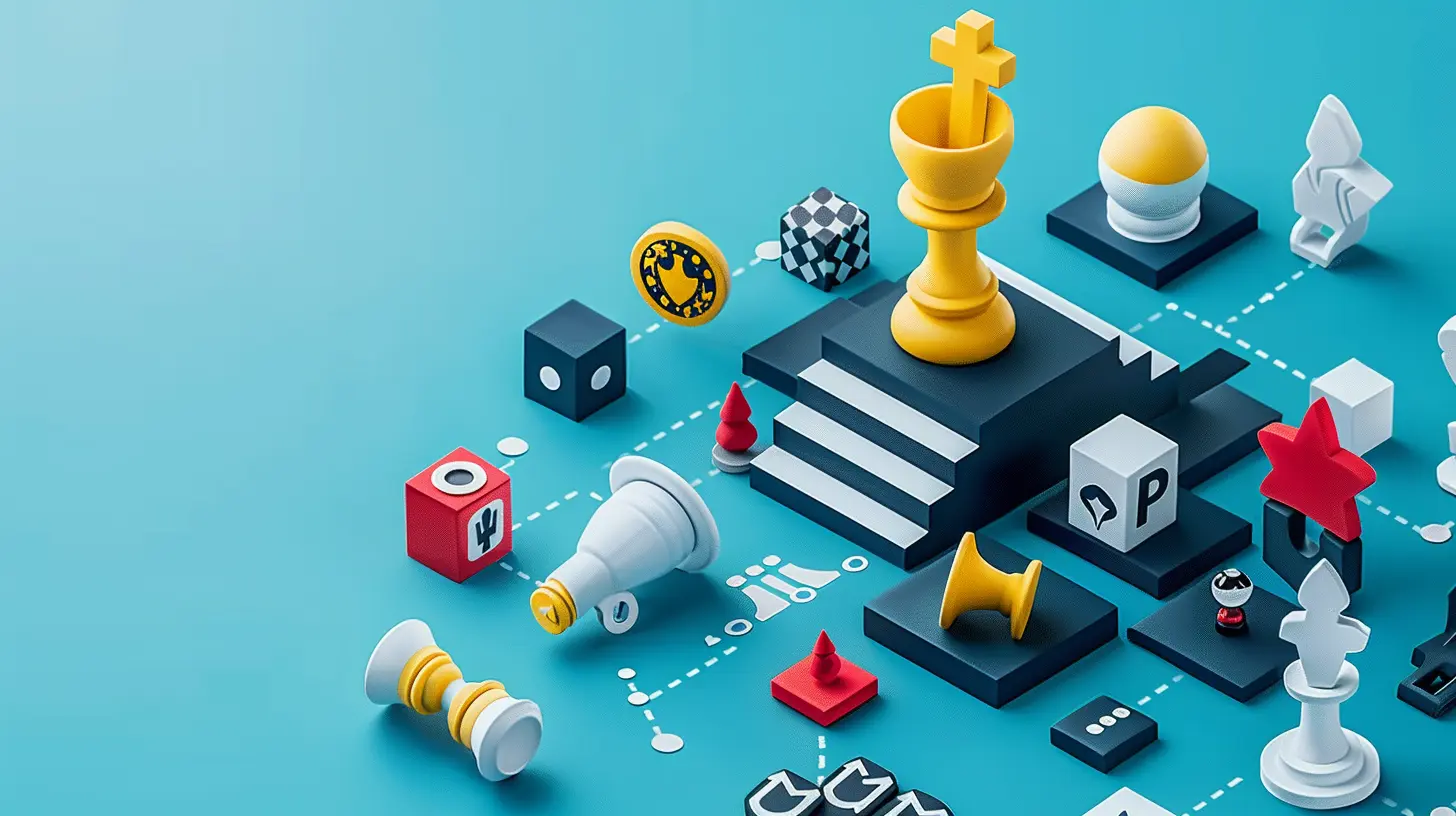Gamification Techniques to Increase Customer Retention
2 September 2025
If you’ve ever found yourself glued to a mobile game, celebrating small wins, chasing badges, or climbing virtual leaderboards, you’ve experienced the magic of gamification firsthand. But here’s the thing—it’s not just for games anymore. Businesses have discovered that gamification can be a game-changer (pun intended) when it comes to building loyalty and keeping customers coming back for more. Whether you’re running a small e-commerce business or managing a global brand, using gamification techniques can make customer retention feel less like a chore and more like fun.
In this article, we’ll dive deep into the what, why, and how of gamification for customer retention. By the time you’re done reading, you’ll have a pocket full of actionable ideas to make your customers stick around like lifelong friends. So, let’s jump in! 
What Is Gamification, Exactly?
Before we dive into strategies, let’s get on the same page. Gamification is the use of game-like elements—think points, rewards, challenges, and leaderboards—in non-game contexts.For businesses, gamification means integrating these elements into their customer experience to make it more engaging and, well, addictive. Instead of being a boring transaction, your brand can feel like a fun activity customers want to participate in. It’s like turning a treadmill workout into a dance party—suddenly, people want to show up. 
Why Gamification Boosts Customer Retention
Customer retention isn’t just about keeping people from leaving—it’s about giving them a reason to stay. Here’s where gamification works its magic:- Creates Emotional Connections: People love the thrill of achievement. When customers earn rewards or unlock perks, they associate those positive feelings with your brand.
- Encourages Habit Formation: Gamification taps into psychology, encouraging repetitive behavior. The more customers interact with your gamified features, the more likely they are to stick around.
- Boosts Engagement: If customers are hooked on your game mechanics, they’re spending more time with your brand. More engagement usually means more loyalty.
- FOMO and Social Cred: Everyone wants to be part of something exclusive or show off their progress. Leaderboards, badges, and rewards can drive a sense of competition and community.
Think of Starbucks Rewards or Nike Run Club—they’ve nailed gamification in ways that keep customers coming back for coffee and steps. And trust me, if they can do it, so can you! 
Gamification Techniques to Increase Customer Retention
So, you’re sold on the idea of gamification. Great! Now, let’s talk about the actual techniques you can use to make it happen.1. Point Systems
Who doesn’t love earning points? Whether it’s loyalty points for purchases or activity-based points (like for signing up or leaving a review), this is a simple but effective way to keep customers engaged.- Why It Works: Points tap into our love for progress. Earning something—even if it’s digital—feels good.
- Example: Sephora’s Beauty Insider program lets customers earn points for every dollar spent, which can be redeemed for exclusive rewards. It’s a win-win!
> Pro Tip: Make sure your point system is straightforward. If customers need a math degree to calculate their rewards, they won’t stick around.
2. Leaderboards
Who’s at the top? Leaderboards encourage a bit of friendly competition among your customers. People love seeing their name up there—and they’ll stay engaged to keep their spot.- Why It Works: Nothing fuels motivation like a little rivalry.
- Example: Duolingo’s weekly leaderboards keep language learners competing to improve their scores, which keeps them coming back to practice daily.
3. Badges and Achievements
There’s something deeply satisfying about collecting virtual bling. Badges and achievements provide tangible markers of progress that customers can show off.- Why It Works: People are natural collectors. Unlocking a new level or milestone feels like ticking something off a bucket list.
- Example: Fitbit rewards users with badges for hitting steps milestones, like their first 10,000 steps in a day. It’s simple but highly motivational!
> Pro Tip: Align badges with your brand’s goals. If you’re a fitness brand, make badges for steps or workouts. If you’re a reading app, offer badges for books finished or streaks maintained.
4. Quests and Challenges
Love a good quest? Challenges tap into that adventurous spirit and keep customers engaged for longer periods of time.- Why It Works: Quests give customers a sense of purpose and a clear goal, making the interaction feel more meaningful.
- Example: Fitbit’s Adventure Trails transform walking into a scenic trek through Yosemite or New York City. Users stay active not just for health, but for the thrill of completing the “journey.”
5. Reward Tiers
Want customers to spend more or engage more? Tiered rewards programs can nudge them in the right direction. Think: the more they interact, the better the rewards.- Why It Works: Reward tiers give customers something to aspire to. Moving from “Silver” to “Gold” feels like a real achievement.
- Example: Airlines have perfected tiered loyalty programs. Frequent flyers aim for Gold or Platinum status to get those juicy perks like priority boarding or free upgrades.
6. Spin-the-Wheel and Instant Rewards
Sometimes, people just want instant gratification. Gamifying rewards with a spin-the-wheel mechanic can add a fun surprise element to customer interactions.- Why It Works: The randomness mimics the thrill of gambling—without the downside. People feel excited about instant wins.
- Example: E-commerce platforms like Amazon use gamified deals (like “Spin & Win” for discounts) to keep customers engaged.
> Pro Tip: Use this technique sparingly to keep it exciting. Overdoing it can make it lose its charm.
7. Progress Bars
Ever started something and felt compelled to finish it because you were halfway through? That’s the power of progress bars.- Why It Works: Seeing progress visually motivates people to complete tasks. It’s the same reason you finish filling out your LinkedIn profile at 90%—you can’t leave it incomplete!
- Example: Language-learning apps like Rosetta Stone show progress bars to encourage users to finish their modules.
8. User-Generated Content (UGC)
Let your customers become a part of your brand’s “game.” By encouraging reviews, photos, or posts, you can gamify their experience and make them feel valued.- Why It Works: People love recognition. Featuring customer content or giving rewards for contributions makes them feel seen and appreciated.
- Example: Lush’s hashtag campaigns reward customers with the chance to be featured on their social channels. This fuels a sense of belonging and community.
9. Streaks and Daily Rewards
Consistency is key, and streaks nudge customers to form regular habits with your brand.- Why It Works: People hate breaking streaks. Once they’ve been logging in or purchasing daily, they’ll keep going just to preserve their streak.
- Example: Snapchat’s streak feature keeps users messaging daily, while apps like Calm reward daily meditation streaks with badges.
> Pro Tip: Make streaks achievable but rewarding. If it’s too hard to keep up, customers might lose interest. 
Metrics to Measure Success
Of course, all the gamification in the world won’t matter if you’re not tracking results. How do you know if it’s working? Here are some key metrics to keep an eye on:- Customer Retention Rate (CRR): Are more customers sticking around after you introduced gamification?
- Customer Lifetime Value (CLV): Are gamified experiences encouraging customers to spend more over time?
- Engagement Metrics: Are people using your gamified features (logging in, completing quests, earning badges)?
- Churn Rate: Has your churn decreased since introducing gamification?
These metrics will help you fine-tune your efforts and figure out what’s resonating with your audience.
Wrapping It Up
Gamification isn’t just a trend—it’s a powerful tool to deepen your connection with customers and keep them coming back for more. By incorporating simple techniques like points, badges, leaderboards, and streaks, you can transform mundane interactions into addictive experiences. And in the world of business, where customer retention is often the difference between success and failure, gamification gives you a winning edge.So, start brainstorming how you can add a sprinkle of gamification to your customer experience. Remember, it’s all about creating moments of joy, achievement, and connection—and making your customers feel like the VIPs they are.
all images in this post were generated using AI tools
Category:
Customer RetentionAuthor:

Remington McClain
Discussion
rate this article
1 comments
Soliel Ellison
Great insights! Gamification is a fun way to engage customers. Let’s turn loyalty into a game—everyone loves a little friendly competition!
September 29, 2025 at 3:00 AM

Remington McClain
Thank you! Gamification truly transforms customer engagement into an exciting experience. Let’s harness that competitive spirit!


